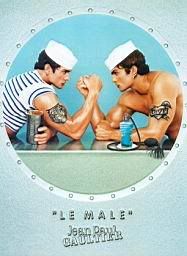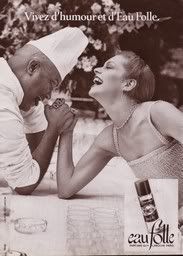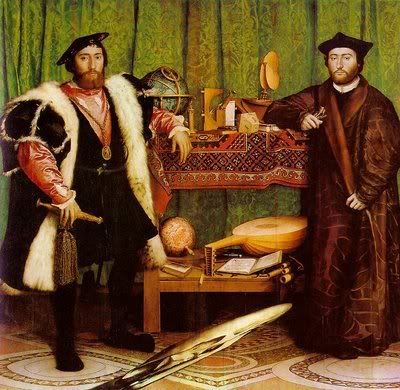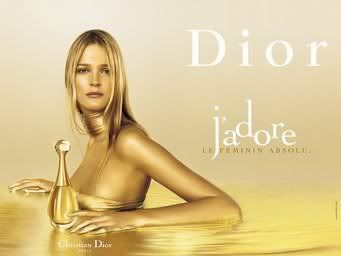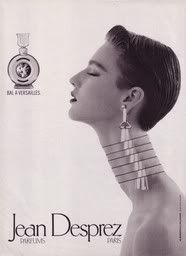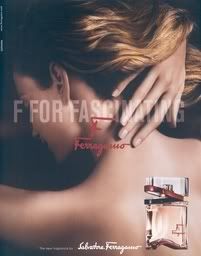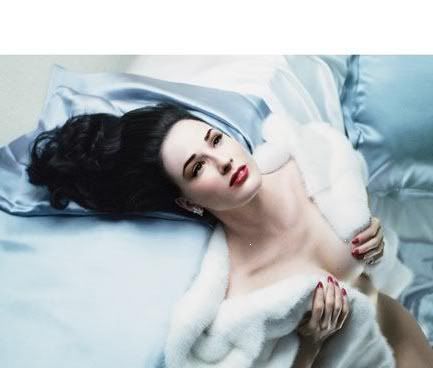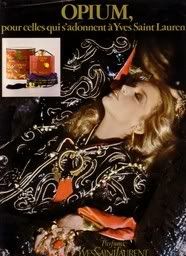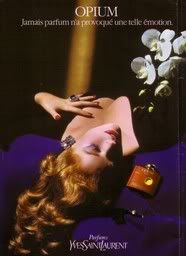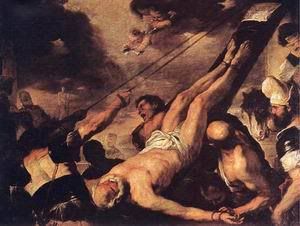
A naked feminine back can be more provocative than the most plunging decolleté. It implies a state of deshabillé that is not par for the course the way cleavage usually is with standard clothing and it draws men nearer, almost unconsciously and with a Plavlovian reflex to touch, going from the visual to tactile in an all too brief second.
It is exactly this imagery that has surfaced in perfume advertising as well as art.
.jpg)
From Pierre Cardin's Paradoxe from 1983 with its stylisized lines...
.jpg)
...to the luxurious, curvy decadence of Agent Provocateur with its saffron-rose chypriness.
.jpg)
The beauty of Jules Joseph Lefebvre's Odalisque from 1874 is at the heart of this seductive back nudity.
.jpg)
Modigliani also was inspired by it, using his characteristic style of brushwork in an aquarelle from the beginning of the 20th century.

And all can be traced back to La Grande Odalisque by Jean-Auguste Dominique Ingres (1814). A classic portrait of distorted human proportion (look carefully at the back and limps and you will know) that accounts for true beauty.
Comissioned by Caroline Murat, Queen of Naples and sister of Napoleon Bonaparte, La Grande Odalisque was intended to keep company to another nude by Ingres which she owned: Sleeping Woman, Nude.
Influential even to the point that it inspires photographers to shoot today's actresses, such as this one above with Julianne Moore by Michael Tompson in 2003 (American Photograph magazine). Which one is sexier?
Perfection! It's back.

.jpg)
.bmp)


.jpg)
.jpg)
.jpg)
.jpg)

.jpg)

.jpg)
.bmp)
.jpg)

.jpg)

.jpg)
.jpg)


.jpg)
